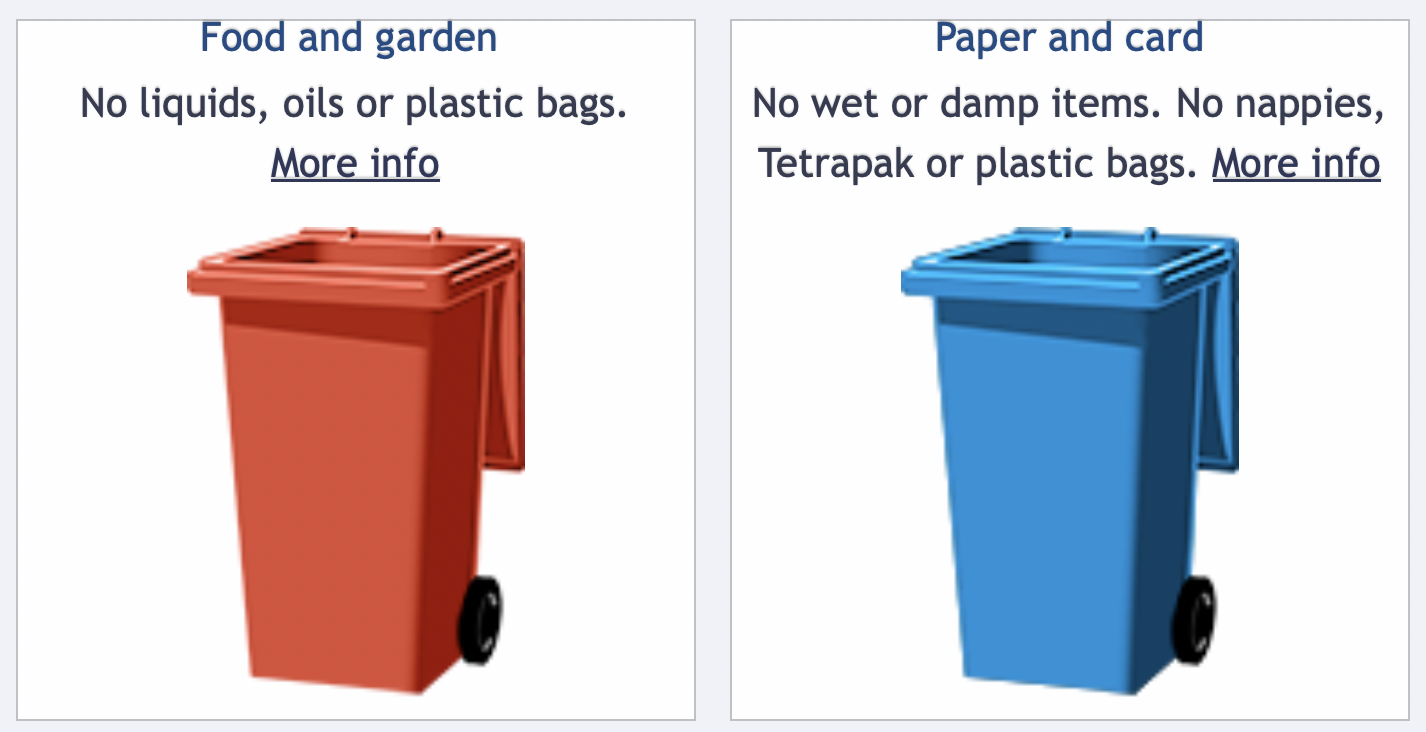Using Actionable Notifications in Home Assistant
I’ve seen a bunch of videos on YouTube lately that included actionable notifications in automations, but it’s not something I’d ever used before.
The Home Assistant companion documentation shows plenty of examples of how to include the actions in the notifications, but not much on how to actually respond to the action events. I came across this post that I found was a good starting point for my automation.
My initial use case for this was for a notification in the morning when the kids should be out to school, to prompt me to turn out any lights that they have inevitably left on.
My current automation for this is as follows. This checks if any of three lights are still on at 8am on a weekday, and if so sends a notification to my phone with the option to turn them off.
alias: Notify - Kids lights left on
description: ""
trigger:
- platform: time
at: "08:00:00"
condition:
- condition: and
conditions:
- condition: time
weekday:
- mon
- tue
- wed
- thu
- fri
alias: Is it a weekday?
- condition: or
conditions:
- condition: state
entity_id: light.childone_room_cloud_light
state: "on"
- condition: state
entity_id: light.childone_room_bulb
state: "on"
- condition: state
entity_id: light.childtwo_bedroom_main_bulb
state: "on"
alias: Are any of the boys lights on?
action:
- alias: Set up variables for the actions
variables:
action_no: "{{ 'NO_' ~ context.id }}"
action_turnoff: "{{ 'TURNOFF_' ~ context.id }}"
- alias: Notify Mobile
service: notify.mobile_app_twelve
data:
message: Boys lights are still on. Turn off?
data:
actions:
- action: "{{ action_turnoff }}"
title: Turn off lights
- action: "{{ action_no }}"
title: Leave On
- alias: Wait for a response
wait_for_trigger:
- platform: event
event_type: mobile_app_notification_action
event_data:
action: "{{ action_no }}"
- platform: event
event_type: mobile_app_notification_action
event_data:
action: "{{ action_turnoff }}"
- alias: Perform the action
choose:
- conditions: "{{ wait.trigger.event.data.action == action_no }}"
sequence: []
- conditions: "{{ wait.trigger.event.data.action == action_turnoff }}"
sequence:
- service: light.turn_off
data: {}
target:
entity_id:
- light.childone_room_bulb
- light.childtwo_bedroom_main_bulb
- light.childone_room_cloud_light
mode: single



